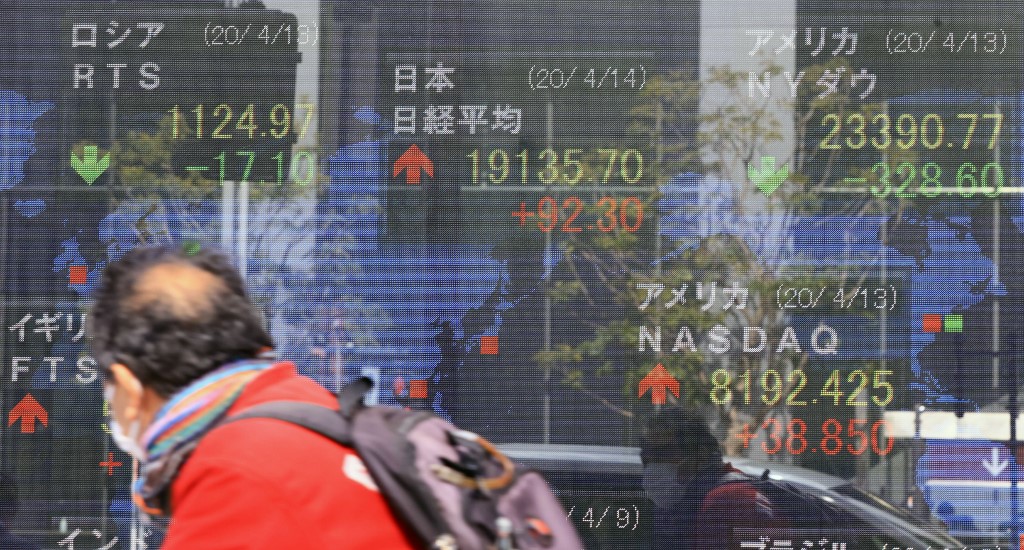(ATF) Asian markets are broadly higher riding the coat-tails of Chinese markets after the central bank injected 700 billion yuan of 1-year funds into the market through the medium term facility. But Japanese stocks are down after a shock economic contraction and Australian stocks are under pressure following virus containment measures in Victoria.
China’s mainland CSI 300 index jumped 2.64%, Hong Kong’s Hang Seng benchmark advanced 1.40% but Australia’s S&P ASX 200 index fell 0.65% and Japan’s Nikkei 225 was the regional underperformer down 0.7%.
China’s continued liquidity support is in line with the central government’s idea of leaning on domestic growth for the economy, given the worldwide destruction of economic growth by the coronavirus pandemic.
“China can no longer depend too much on exports. And with a trade deal review looming, and a technology war heating up, this situation for exports is not going to disappear in a hurry,” said Iris Pang, ING Bank’s chief economist for Greater China, who added that infrastructure investment and domestic spending are both sources of growth for industrial production if exports are going to take a back seat for a time.
But the overall mood remains cautious as US-China tensions play out.
China Banking Regulatory Commission chairman Guo Shuqing criticised the dominance of the US dollar for bringing the global financial system on the verge of a crisis.
Japanese economy shrinks
Japan economy shrank 7.8% in the April-June period from the previous quarter, below the street’s expectations as sharp contractions in consumption and exports weighed. It was the biggest shrinkage in at least three decades, as the pandemic hit at a difficult time when the economy was grappling with the consumption tax hike last October.
“Even though the government has made a bold move to support the economy, the magnitude of the negative shock from the Covid-19 outbreak at home and abroad was too large,” James Lee, HSBC’s chief economist for Japan and Korea, said.
He expects the consumption activity to stabilise in the current quarter, but the export outlook remained uncertain with the recovery in June showing signs of uncertainty.
“On the policy front, the Bank of Japan will continue to stabilise financial market conditions, but does not have room to meaningfully ease its policy stance. As such, the heavy lifting will be done by fiscal policy and the central bank will only play a helping role,” Lee said.
Asian credit markets are trading weak in the secondary markets, with the Asia IG index one basis point wider at 65/66 bps, but the primary issuance pipeline has come alive with issues from Shui On Development, Vedanta’s amortising bonds, Hysan Development’s fixed for life, Olam International’s SGD bonds, and Yangzhou Urban’s 3-year bonds in the market.
























